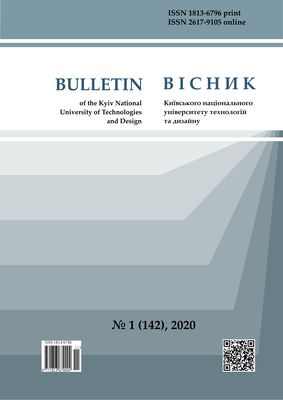THE ADDITIVE MANUFACTURING OF ELASTIC PRODUCTS FROM PVC PLASTISOL
DOI:
https://doi.org/10.30857/1813-6796.2020.1.8Keywords:
PVC, plastisol, liquid plastic compound, additive manufacturing, soft and elastic articlesAbstract
Development and testing of the technology of additive formation of elastic and soft products. The tensile strength and elongation at break for all the studied samples were determined according to ISO 527, the density of the samples according to PN-EN ISO 1183-1, the melt flow rate according to ISO 1133: 2005, the Shore A hardness according to ISO 868. The technology of additive manufacturing of soft and elastic products from liquid consumables has been created. The initial raw material for the formation of objects is the liquid composition of PVC, which can be transformed from the liquid state of plastisol to elastic plastic part or article. The created technology allows to create products of complex geometric shape with a hardness on the Shore scale of 5 to 90 units. The developed technology allows to create products from composite materials and foam based on PVC and can be implemented on equipment for FFF technology. The composition of the plastisol allows to adjust the hardness and elasticity of the products obtained over a wide range, the addition of pigments and dyes allows reach different colors. The developed technology has a higher forming speed rate than the FFF technology. A possible field of application is the manufacture of seals, soundproof materials, shock and vibration absorbers, design elements of clothing and shoes. The possibility of additive manufacturing of PVC plastisol on a fabric has been experimentally confirmed. The new features of the addition manufacturing of liquid PVC plastisol and properties of products obtained by the method are investigated. Product formation takes place through the process of simultaneously converting plastisol to molten plastic compound in an extruder. The method of additive manufacturing of products from liquid plastisol is developed, which allows to obtain products with low hardness and high elasticity. The developed technology allows the formation of products from composite materials and foams with the modernization of widely available equipment.

